Have you noticed a dip in your mood as the days get shorter? Is it harder to get motivated and concentrate during the winter months?
If you notice a predictable pattern of depression during winter months, seasonal affective disorder (SAD) may be to blame.
SAD is a form of depression involving a recurrent seasonal pattern of symptoms that lasts about four to five months of the year. SAD is linked to decreased sun exposure, often during winter. Exposure to sunlight helps regulate our circadian rhythm and serotonin levels to promote well-being.
Light therapy, also known as phototherapy, can effectively treat SAD to combat decreased sunlight exposure. It involves using a specific wavelength and type of artificial light to treat symptoms of seasonal affective disorder.
The scientific literature describes light therapy as an effective treatment for combating different types of depression, such as SAD. SAD light therapy is an effective and accessible non-pharmaceutical treatment.
Its convenience, accessibility, and minimal side effects make it a good option for treating SAD.
Understanding Seasonal Affective Disorder (SAD)
It's important to understand that every individual may experience symptoms of seasonal affective disorder differently. However, SAD symptoms tend to occur in a predictable pattern during winter, when sunlight exposure is poor.
Symptoms may include:
- Persistent sad or empty mood most days for at least 2 weeks
- Feelings of pessimism or hopelessness
- Irritability or restlessness
- Loss of interest in pleasurable activities or hobbies
- Decreased energy level or fatigue
- Problems with decision-making and concentrating
- Changes in appetite, weight, or sleep
- Physical issues such as digestive problems, headaches, and pain that do not have a clear physical cause
It is not necessary to have every symptom above to be diagnosed with SAD. In addition, it's helpful to understand the difference between seasonal affective disorder and the winter blues. The winter blues can also be disruptive, but their symptoms tend to be milder than those of seasonal affective disorder.
Causes of SAD
Vitamin D levels may decrease during the winter due to reduced sun exposure. Vitamin D promotes serotonin activity, a brain chemical that helps regulate mood. Serotonin activity may also decrease if vitamin D levels drop because of less daylight in winter.
Decreased sunlight during the winter can also affect your body's circadian rhythms. Your circadian rhythm is your sleep-wake cycle. A disruption in your circadian rhythm may also contribute to mood disorders such as SAD.
How SAD Lights Work:
Learning the science behind light therapy is helpful for understanding how sad lights work. Light therapy mimics natural sunlight.
Light helps regulate the production and suppression of certain brain chemicals affecting circadian rhythms and mood. For instance, light exposure promotes serotonin in your brain, a key chemical in mood regulation and wakefulness.
Increasing serotonin and maintaining your natural circadian rhythm helps promote sleep and overall well-being. Light therapy mimics natural sunlight and produces similar effects.
The light intensity, referred to as LUX, affects the efficiency of SAD light therapy. A specific intensity of light is needed to stimulate the brain area, which may help reduce symptoms of depression. It's also essential to use full-spectrum light, which mimics natural sunlight.
Benefits of SAD Light Therapy:
Light therapy for winter blues and SAD has several benefits, such as the following:
- Improved mood and decreased depressive symptoms
- Increased energy
- Reduced fatigue
- Improved and regulated sleep patterns
- Improved quality of sleep
- Enhanced focus and concentration
- Non-medication treatment option
How Do You Use a SAD Light?
Learning to use a SAD light correctly is vital for the most benefit. Follow the manufacturer's recommendations and discuss treatment with your healthcare professional. Below are general recommendations.
According to the Mayo Clinic, try using a SAD light therapy lamp within the first hour of waking up. The lamp should have an intensity of 10,000 Lux to provide the best treatment.
Place the light therapy lamp on a flat surface.
- Sit or stand the correct distance from the lamp according to the manufacturer's instructions. This often places the light 16 to 24 inches away from your face.
- Angle the lamp so the light shines down to mimic the natural sunlight from above.
- Keep your eyes open, but do not stare directly into the light.
- Start with 20 to 30 minutes of light exposure.
Choosing the Right SAD Light:
When choosing the right SAD light, it's important to consider key features such as those listed below.
- LUX: Choose a SAD light therapy lamp with an output of 10,000 LUX for optimal results.
- Spectrum: Look for a therapy lamp that provides full-spectrum light. Experts often recommend full-spectrum light when treating SAD. Full-spectrum light mimics natural sunlight, encompassing the entire visible light spectrum.
- Size: Consider the space you have for a light therapy lamp. SAD light therapy lamps come in different sizes. Select an appropriate one for your living conditions.
- Portability: Consider whether portability is essential when choosing a light therapy lamp. If you plan to move the light from room to room, getting something portable is a consideration.
- UV filtration: Choose a light therapy lamp with UV filtration to decrease exposure to UV radiation.
- Special features: Determine if special features like timers are essential to you.
It is also essential to choose a medical-grade or clinically validated SAD light. Medical-grade lamps tend to be larger and direct the light downward from an upward position to mimic natural sunlight. A clinically validated light therapy lamp undergoes rigorous research and testing to demonstrate its safety and efficiency.
Examples of medical grade or clinically validated SAD lights include:
Day-Light Elite Light Therapy Lamp
This medical-grade light has a 10,000 Lux output. It has a downward-angled light engineered to deliver optimal light therapy. Users rated the light for 4.8 stars out of 5.
Day-Light Classic Plus Light Therapy Lamp
This light was rated as a top therapy lamp by 50+ publications and was used in various clinical studies. It delivers 10,000 Lux from a comfortable sitting distance.
SAD Light Therapy Safety and Precautions:
It's essential to use SAD light therapy safely. According to the Cleveland Clinic, side effects from light therapy are generally minimal. However, possible side effects can include the following:
- Headaches
- Fatigue
- Eye Strain
Most people can safely use light therapy. However, there may be a few contraindications. Individuals who have the following conditions should avoid light therapy:
- Vision-related conditions such as macular degeneration or glaucoma
- Taking certain medications, such as antibiotics, which can increase sensitivity to light
- Individuals with mania
There may be other instances where bright light therapy is inappropriate or not recommended. It's essential to consult with a healthcare professional before starting bright light therapy.
User Experiences: Real Stories of SAD Light Therapy:
First-hand accounts of using SAD light therapy are extremely valuable in determining the benefits and advantages. Consider some of the real stories below of SAD light therapy
Review Compilation
"I live in the PNW and winters can be brutal here with little to no sunlight. I purchased this lamp after noticing my SAD becoming worse this year and couldn’t be happier! I wish I would’ve known about this lamp sooner, it has made such a difference in my mood, energy levels, and sleep quality. Would highly recommend!" - Clarice, Day-Light Classic Plus
"I’ve used this BLT lamp for 5 months, and its improved my energy, motivation, and mood much better than the Verilux light I tried prior. I highly recommend this for people with S.A.D. who struggle during seasonal light changes." - JD39, Day-Light Classic Plus
"This light has been an absolute lifesaver for my sanity this winter. This is the first winter that I didn't have major symptoms. I use it every morning for 45 to 60 minutes. I actually look forward to using it every day. I can't say enough high praise for the light! If you are on the fence about purchasing, you truly will not regret it!" - Clovers, Day-Light Elite
Forum Discussions
It is helpful to go to SAD light therapy users to gain insight into common themes and questions regarding its use.
Reddit discussions surrounding light therapy center around how to use a sad light, such as what time of day and for how long. Users generally agree that using the light first thing in the morning is the most beneficial. They also agree that following the manufacturer's instructions is vital for the recommended time.
A common question on MentalHealthForum.net centers on how long bright light therapy takes to decrease symptoms. Relief from SAD symptoms can vary. However, some users started to experience a decrease in symptoms after a few weeks.
The consensus among forum users is that light therapy is an excellent holistic way to reduce symptoms.
It's essential to understand that individual experiences can vary. If you're experiencing SAD symptoms, it's also critical to consult with a healthcare professional. They can help to determine the most appropriate treatment.
SAD Light Therapy vs. Other Treatments:
SAD light therapy differs from other treatments in that it is easily accessible and does not involve medication.
Other treatments for SAD include:
- Medication, such as antidepressants
- Talk therapy, such as behavior modification therapy or psychotherapy
- Lifestyle changes, such as exercise and meditation
Combining light therapy with other treatments often provides the most effective treatment strategy.
Addressing Common Concerns:
Part of understanding SAD light therapy involves addressing common concerns. For instance, you may ask, "Can I use a sad lamp at night?" Typically, experts do not recommend using a SAD therapy light at night. This is because the bright light can disrupt melatonin production and sleep.
It's also helpful to debunk certain myths and misconceptions about SAD light therapy, including those listed below.
Myth: SAD light therapy is only for people living in cold, overcast climates.
Seasonal affective disorder can affect anyone regardless of where they live. Decreased sunlight during the winter months can increase symptoms. Anyone in any location can benefit from sad light therapy.
Myth: SAD light therapy can cause skin cancer.
SAD therapy lights don't cause damage from UV light and do not increase your risk of skin cancer.
Myth: SAD bright light therapy alone will cure symptoms.
SAD light therapy is a great tool to decrease symptoms of depression. However, it often works best when part of a comprehensive treatment plan, including lifestyle changes and talk therapy.
Conclusion:
SAD can interfere with work, relationships, and overall quality of life. However, treatment can reduce symptoms. Seasonal affective disorder light therapy provides several benefits, such as improving mood, energy level, and sleep.
It's vital to take proactive steps to manage symptoms of seasonal affective disorder to improve overall quality of life. For more information on SAD light therapy and available products, please visit Day-lights.com.
FAQ:
Do you get vitamin D from SAD lamps?
You do not get vitamin D from SAD lamps because they filter out most ultraviolet light.
Do SAD lamps cause sun damage?
SAD lamps do not cause sun damage. SAD therapy lamps filter out ultraviolet light, which is the leading cause of sun damage.
Can you overdo a SAD lamp?
You can overdo a SAD lamp. Using a sad lamp more than recommended can lead to headaches, insomnia, and irritability.
Why can't I just use a normal lamp instead?
Regular lamps don't produce the intensity and specific wavelengths of light required for therapeutic benefit.
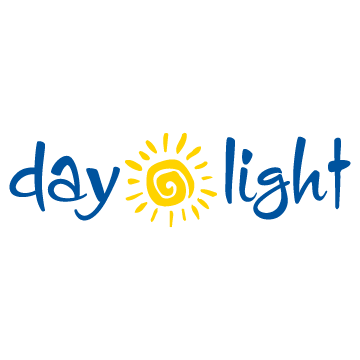
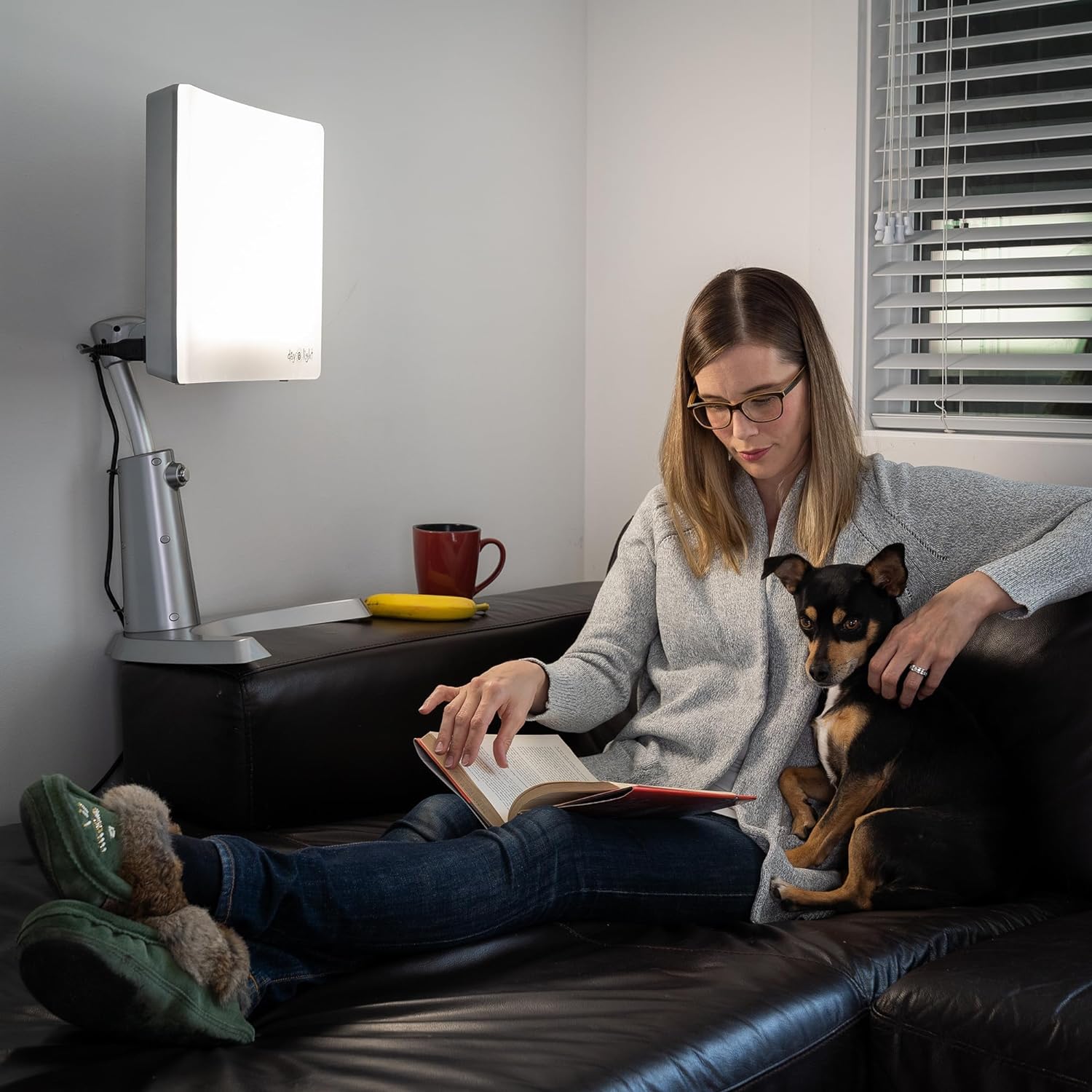
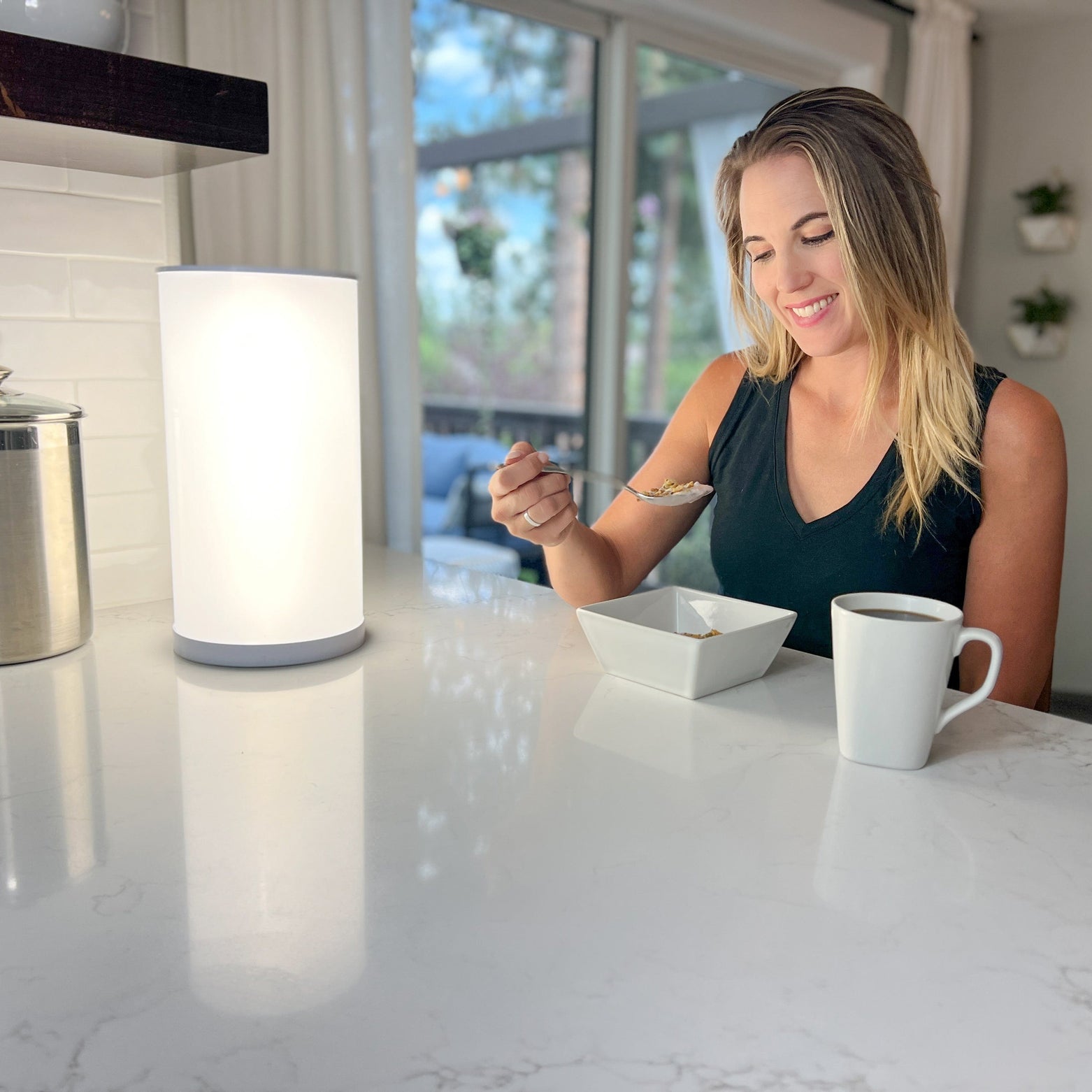
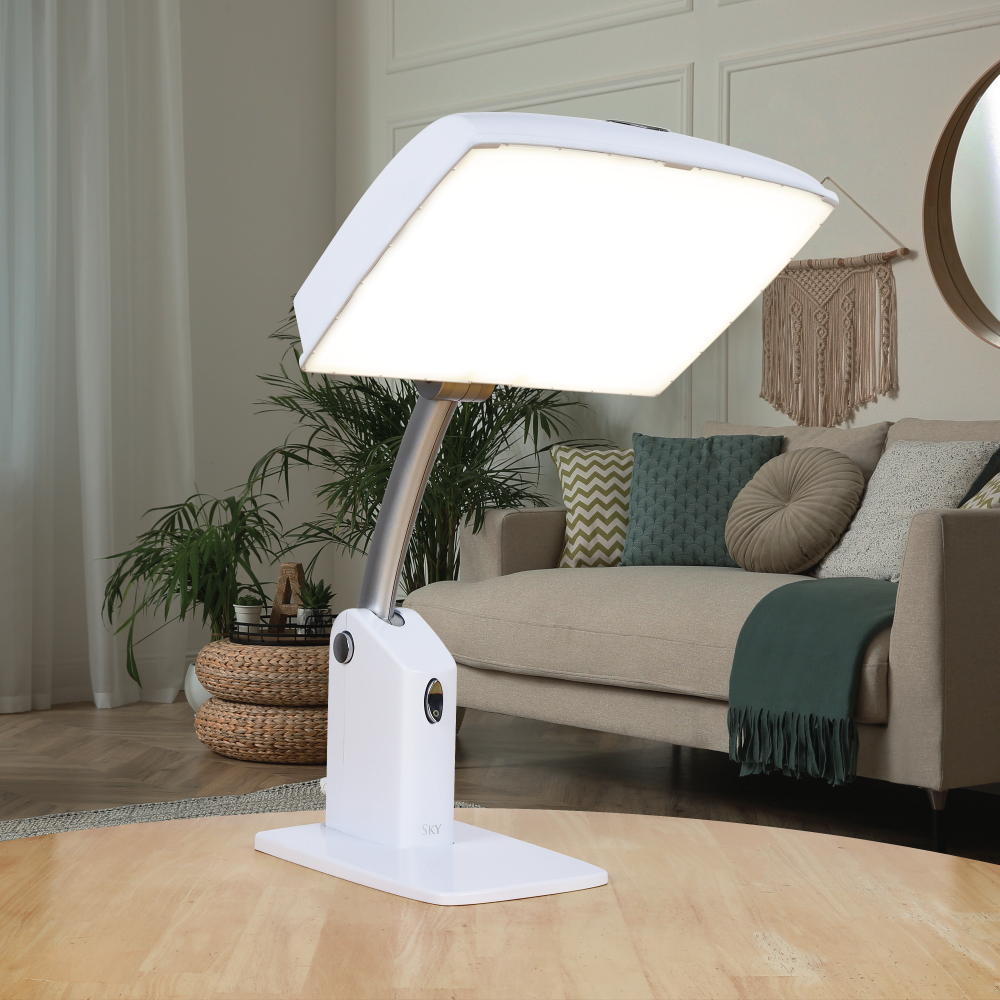
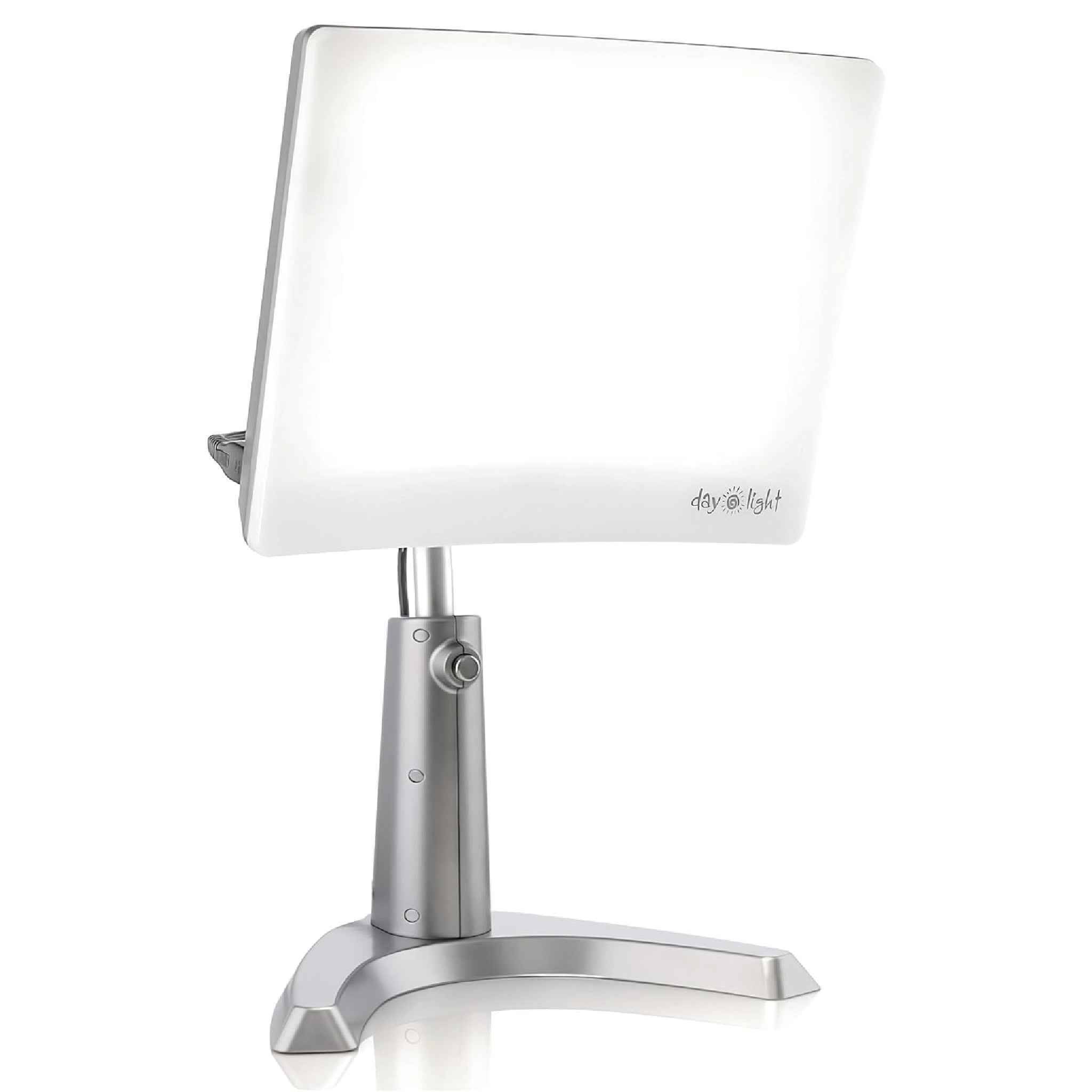
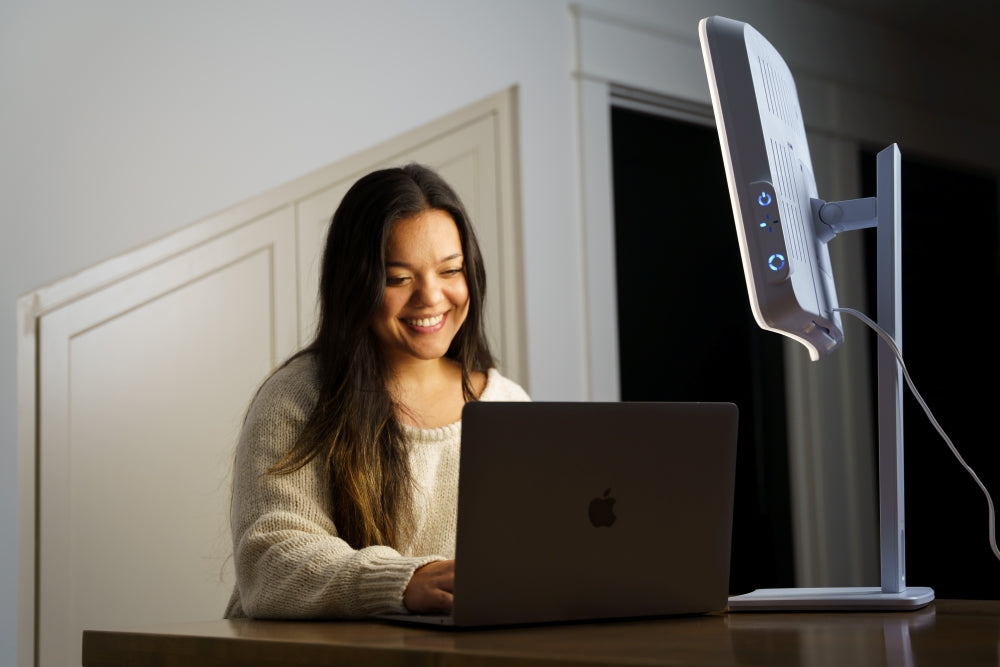

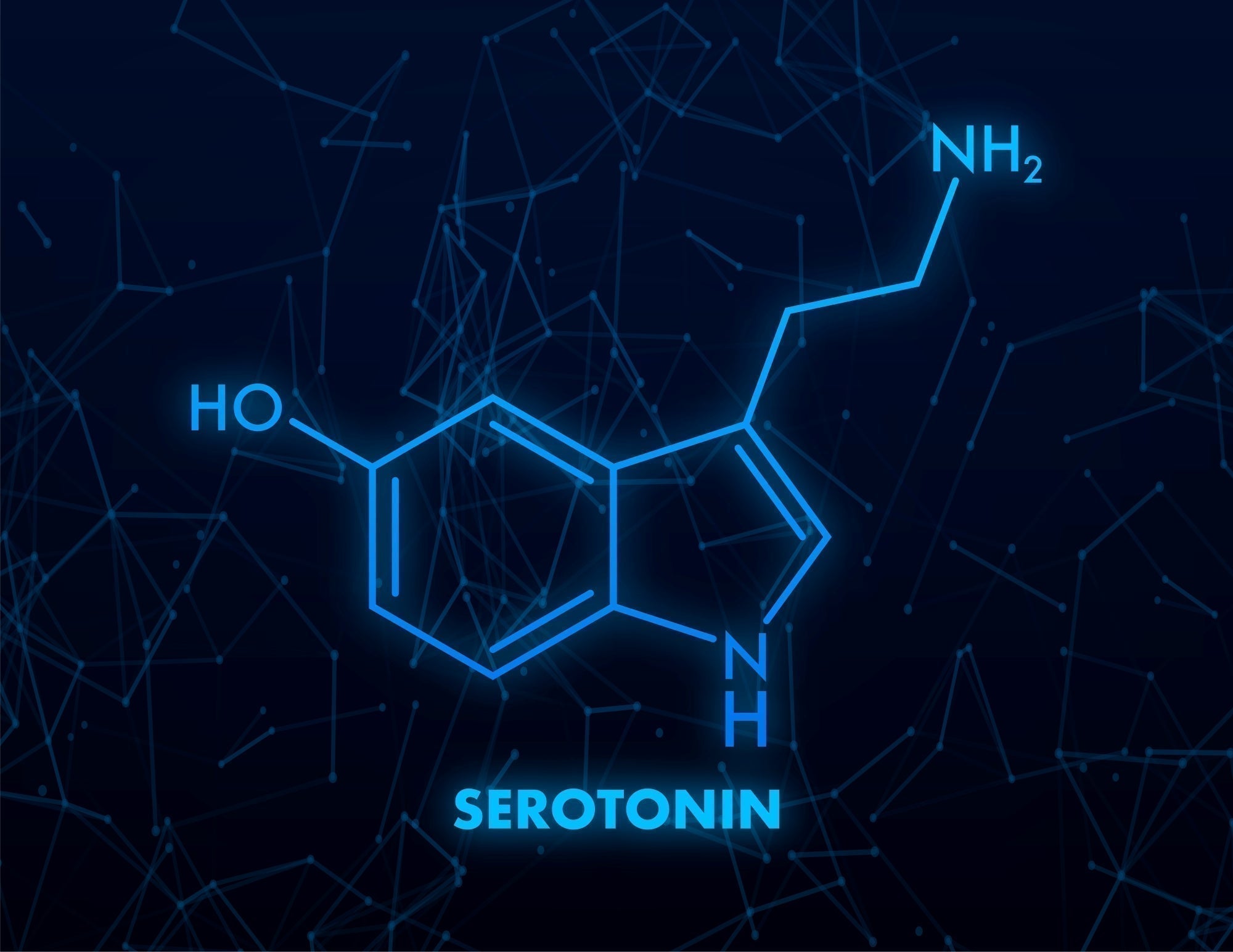
Leave a comment
All comments are moderated before being published.
This site is protected by hCaptcha and the hCaptcha Privacy Policy and Terms of Service apply.